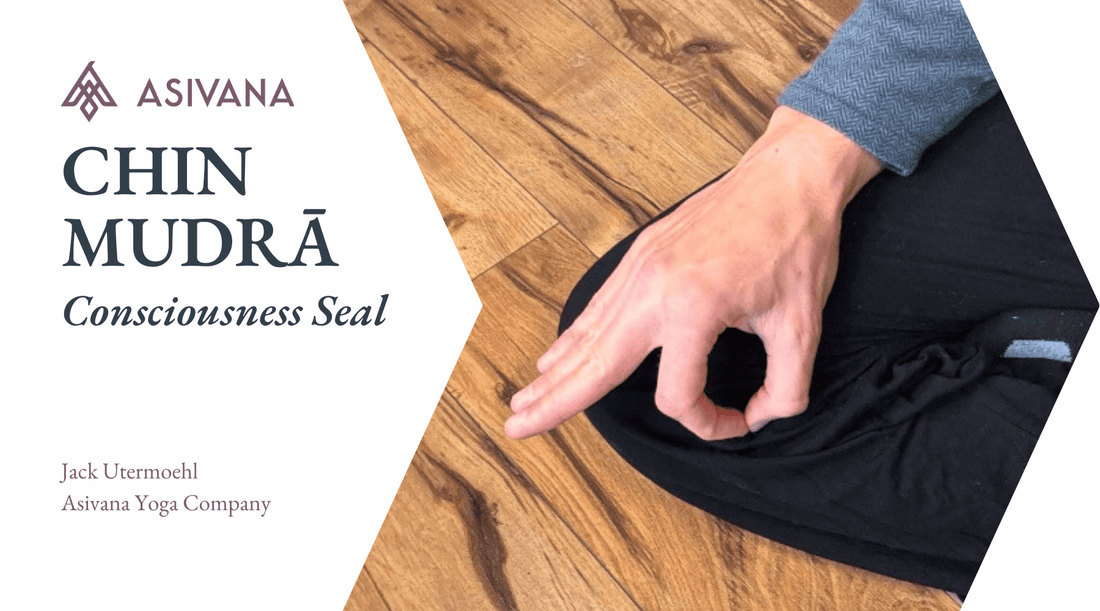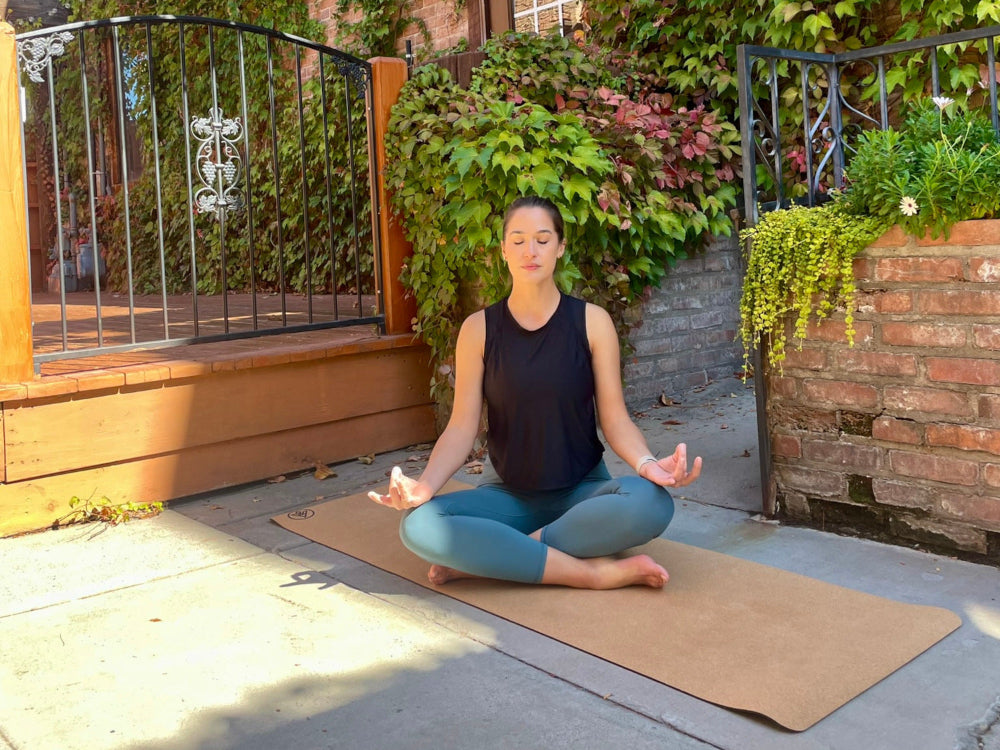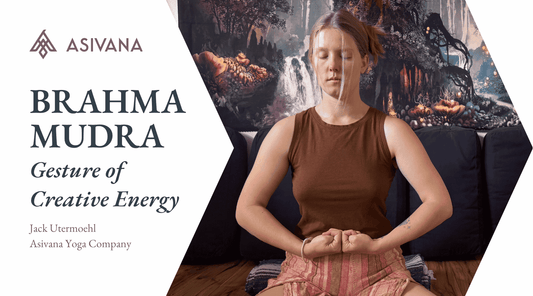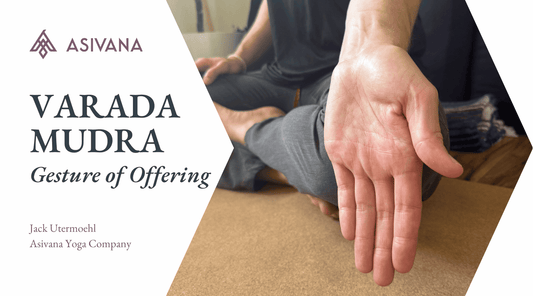
Chin Mudra - Consciousness Seal
Jack UtermoehlShare
Chin Mudra (Consciousness Seal)
Sanskrit Name: Chin Mudrā - चिन मुद्रा
English Translation: Consciousness Seal
Phonetic Spelling: Chin Moo-Drah
Chin mudra, or the consciousness seal, is one of the most commonly used mudras in yoga and meditation, symbolizing the connection between individual consciousness and universal consciousness.
Chin (consciousness) refers to the higher awareness that transcends the ego and physical reality. By joining the thumb (which represents universal energy) and the index finger (which represents individual consciousness), this mudra reminds practitioners of the unity between the self and the universe.
Chin mudra is particularly useful for creating focus, clarity, and mindfulness during meditation and pranayama practices. It is also associated with increased energy flow and a heightened sense of awareness, making it a foundational mudra for those seeking deeper spiritual insight.

Instructions to Perform Chin Mudra
Find a comfortable seated posture with your spine upright and your body relaxed. Begin to slow your breath and bring your awareness to the present moment.
Hand Position: Touch the tip of the index finger to the tip of the thumb, forming a circle. The other three fingers should remain extended but relaxed. Rest your hands on your knees or thighs with the palms facing downward.
Posture: Sit in sukhasana (easy pose) or padmasana (lotus pose). Alternatively, you can sit in a chair with your feet flat on the ground and your spine straight.
Breathing Technique: Inhale deeply through the nose, drawing breath into your belly. Exhale slowly through the nose, releasing any tension. Focus on the sensation of energy flowing through your hands and body as you hold the mudra.
Duration: Practice chin mudra for 15-30 minutes during meditation or pranayama, concentrating on feelings of inner awareness and connection to the universe.
Benefits of Chin Mudra
Chin mudra enhances focus, clarity, and mindfulness, making it a key tool for deepening meditation and pranayama practices. It also promotes a sense of unity between the self and the universe.
Physical Benefits: Increases energy flow throughout the body.
Mental Benefits: Sharpens mental clarity and focus, reducing distractions and enhancing mindfulness.
Emotional Benefits: Encourages emotional balance and stability by connecting the practitioner to a deeper sense of awareness and calm.
Spiritual Benefits: Fosters a sense of oneness with the universe.
Symbolism and Meaning of Chin Mudra
Chin mudra represents the union of individual consciousness (represented by the index finger) with universal consciousness (represented by the thumb). This connection symbolizes the dissolution of the ego and the realization that the individual self is part of the greater whole.
The open palm facing downward signifies receptiveness to the flow of grounded energy.
In yogic philosophy, chin mudra is used to activate and balance the flow of prana. By holding this mudra, the practitioner can achieve a greater sense of peace, clarity, and connection to higher awareness.
Capture your insights and deepen your connection with our Yoga Journal.Elevate Your Mudra Practice
When to Practice Chin Mudra
Chin mudra can be practiced during meditation, pranayama, or any time you wish to cultivate focus and mindfulness. It is particularly useful when seeking clarity of thought, inner awareness, or emotional balance.
Use this mudra at the beginning of a meditation session to help center the mind, or during moments of stress or distraction to bring focus and calm.
A duration of 15-30 minutes is recommended.
Contraindications for Chin Mudra
Chin mudra is safe and accessible for all practitioners. There are no known contraindications for this mudra.
Additional Insights on Chin Mudra
Affirmations: "I am connected to the universal consciousness." / "I am calm, focused, and aware."
Visualization: While holding chin mudra, visualize a bright light traveling from your fingertips into your body, filling you with a sense of calm and connection. Allow this light to expand, symbolizing the union of individual and universal consciousness.
Associated Chakras: Chin mudra primarily activates the Ajna (third eye) chakra, enhancing intuition, awareness, and spiritual insight.
Paired Asanas: Works well with seated postures like sukhasana (easy pose) or padmasana (lotus pose) to create a stable and grounded foundation for meditation.
Related Pranayama: Pair chin mudra with Vishnu mudra for nadi shodhana (alternate nostril breathing) to enhance mindfulness and focus.
Meditation Techniques: Use chin mudra during mindfulness meditation or in a focused awareness meditation to cultivate a deeper sense of connection to higher consciousness.
Variations and Modifications
Alternative Hand Positions: Chin mudra can also be practiced with the palms facing upwards (known as Jnana mudra) to connect to universal or cosmic energy.
Adaptations for Beginners: Beginners can start by holding chin mudra for shorter periods, such as 2-5 minutes, and gradually increase the duration.
—— 🕉 ——

Personal Insights
Chin mudra is the inverse of jnana mudra, not the opposite, but that jnana mudra is open (palms up) to receiving energy, chin mudra is down (palms down) to ground into the space.
I often use chin mudra while connecting with my inner world. I find that turning my palms down tones down the thought process and opens up my sense of intuition.
This is the surrender to consciousness. Understanding that I am, sometimes, the one in the way of understanding my present circumstances.
Chin mudra is a great mudra addition to the infinity breath meditation practice.
A calm way to be present and accept what is. If you often have your palms up during meditation, try turning them down and notice the shift in your thoughts and energy.
Let us know your experience with chin mudra below.











